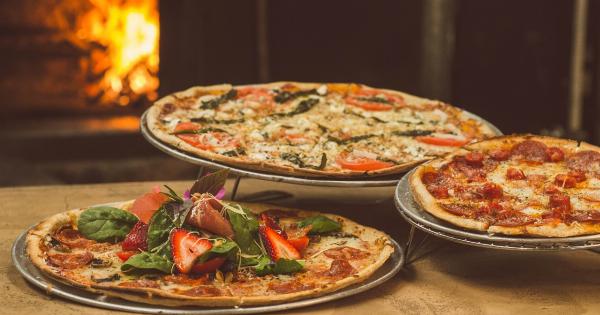Meat is a delicacy enjoyed by many around the world. From juicy steaks to succulent roasts, there is a wide variety of meats available to satisfy different taste preferences.
However, when it comes to the most expensive meat globally, there are certain characteristics that make it stand out. In this article, we will explore the taste that characterizes the most expensive meat and delve into why it is highly sought after by meat connoisseurs.
The Rarity Factor
One of the primary reasons behind the high price of the most expensive meat is its rarity. Whether it be due to the scarcity of the animal species or specific breeding and feeding methods, rarity plays a significant role in increasing its value.
These meats are often sourced from animals that are difficult to rear in large numbers or require specific conditions to thrive. The limited availability of such meat contributes to its exclusivity and ultimately, its hefty price tag.
Distinct Flavor Profiles
The taste of the most expensive meat can vary depending on the animal species and its diet.
Each type of meat possesses its distinct flavor profile, influenced by factors such as genetics, feeding practices, and age of the animal at the time of slaughter. For example, Kobe beef, known for being incredibly expensive, is famous for its intense marbling and rich umami flavor.
The meat from wagyu cattle, which are raised in a specific manner in Japan, has a buttery texture and a savory taste that sets it apart.
Similarly, Iberico pork from Spain is highly prized for its unique nutty and acorn-infused flavor. The pigs are reared on a diet that includes acorns, giving the meat a distinct taste that cannot be replicated.
The aging process and grazing methods also contribute to the complex flavors of meats such as Spanish Iberico ham or Italian bistecca alla Fiorentina.
Tender and Juicy Texture
In addition to their distinct flavor profiles, the most expensive meats are known for their tender and juicy texture.
This desirable characteristic comes from specific rearing practices and exceptional care taken during the butchering and cooking processes. Whether it be the slow and meticulous aging of cuts of beef or the use of specific cooking techniques, such as sous-vide, to retain moisture and tenderness, these meats are often incredibly succulent.
Exquisite Marbling
Another defining feature of the most expensive meats is the presence of exquisite marbling. Marbling refers to the fine lines of intramuscular fat that run through the meat, providing a beautiful interplay of flavors and enhancing tenderness.
The marbling in these meats is often visually striking and evenly distributed, contributing to the melt-in-your-mouth experience. Wagyu beef, for example, is renowned for its exceptional marbling, which gives the meat its signature buttery texture and luxurious taste.
Intensive Production Methods
The production methods used for the most expensive meats often involve extensive labor and meticulous attention to detail.
High-quality breeding practices, premium feed, and carefully monitored growth conditions play a vital role in creating meats of exceptional taste and quality. Additionally, animal welfare and stress reduction techniques are employed to produce meat of the highest standard.
Global Popularity and Prestige
The global popularity and prestige associated with the most expensive meat also contribute to its high price. These meats often have a rich cultural heritage and are considered delicacies in their respective regions.
The demand for such meats extends beyond local markets, attracting international buyers who are willing to pay a premium for the unique taste experience they offer. The exclusivity and reputation of these meats further drive up their prices in the global marketplace.
Pairing and Culinary Opportunities
The taste of the most expensive meat opens up a world of culinary opportunities. Chefs and home cooks alike experiment with various flavor combinations to enhance the natural taste of these meats.
The richness and complexity of these meats allow for creative cooking techniques and pairings with complementary ingredients. The adventurous food enthusiasts are willing to pay top dollar for the chance to create culinary masterpieces with the most expensive meats.
Evolving Palates and Food Culture
As our palates and food culture continue to evolve, there is a growing appreciation for the unique taste experiences that the most expensive meats offer.
Exploring and indulging in exquisite meats has become a way for food enthusiasts to elevate their dining experiences and broaden their culinary horizons. This evolving food culture fosters a willingness to explore new tastes, textures, and flavors, making the most expensive meat a desirable choice for those seeking a luxurious and unforgettable gastronomic adventure.
In Conclusion
The taste that characterizes the most expensive meat globally can be described as exceptional, distinct, and unparalleled.
The rarity factor, distinct flavor profiles, tender texture, exquisite marbling, intensive production methods, global popularity, and evolving food culture all contribute to the high price and desirability of these meats. However, indulging in the most expensive meat should be viewed as a special and occasional experience, as its value lies not just in its cost but in the unique gustatory journey it offers.































